Melting pot: 24 countries represented at SCCC
Different cultures melt in everyday interactions on campus. Sometimes, it’s as simple as sharing food or celebrating a special occasion that helps students cross the divide between home and life in the USA.
Most athletic teams at SCCC are made up of international students. The volleyball and tennis teams are made up of more than 80 percent students from other countries. Livia De Pra, volleyball player from the Dominican Republic, Juan Gonzales, tennis player from Argentina, Yanlis Feliz, volleyball player from Dominican Republic, and Mesalina Severino, volleyball player from Dominican Republic, are all new to Liberal.
The United States has been described as a “melting pot,” in which different cultures add their own “flavor” to American culture, and Seward County Community College could be described the same way. With non-white students making up 78% of the student population, and 24 international countries represented, the Seward campus is filled with diverse races, languages, and cultures.
The SCCC campus is very diverse. Today’s workforce is more diverse than at any time in history. Therefore, any job requires people to interact with those of different cultural backgrounds.
These interactions help people view issues from multiple perspectives. By experiencing diversity in college, students learn to be comfortable working and interacting with people of all cultures.
The Cambridge Dictionary describes culture as “the way of life of a particular people, especially as shown in their ordinary behavior and habits, their attitudes toward each other, and their moral and religious beliefs.”
This diversity confronts stereotypes and improves the interaction between members of different backgrounds. Sophomore volleyball player Celenia De Leo likes living in America, but she misses some things from her home country, the Dominican Republic.
“I love going to the beach, and I cannot go to a beach in Kansas. And I do not enjoy the food here. It has no flavor,” De Leo says.
De Leo describes her people as “happy”. “We laugh, we hug, dance, and sing,” De Leo said. Compared to the Dominican Republic, she says Americans are more respectful.
Marcos Popa, freshman Dominican-American student, says Dominicans are full of passion.
“Over there, if someone is mad, they are really mad, like about to fight someone mad. But also, when Dominicans love, we love with our whole heart. Dominicans are passionate and intense with any emotion. Americans are more mellow,” Popa says.
Sophomore music major, Manuel Villalobos, sees similarities between some Americans and the people from his hometown, Chihuahua, Mexico. “Because Chihuahua is a city, people are a little intense sometimes. Some of the people here are nicer, but there are a lot here that are kinda aggressive like in Mexico,” Villalobos says.
However, Villalobos views his Mexican family differently than some American families. He says that they are more accepting and they don’t care what someone wears or looks like as long as they’re still family. “We’re not going to just throw someone away because of nothing.”
Sophomore Vietnamese student, Kieu Phan says Vietnamese people are very friendly. “Vietnamese people are a ‘group’ people. We are very friendly and we help each other out,” Phan said.
Not only personalities differ but holidays also differ from one country to another.

“In the Dominican Republic, we celebrate Carnival on Feb. 27, which is our Independence day. Also, we celebrate Dec. 24 and 25 for Christmas,” De Leo says.
Villalobos says Mexicans take holidays very serious because they cook so much food for celebrations. His family takes cooking very seriously on Christmas and Thanksgiving, as well.
“Our big holidays are the Mexican Independence day on Sept. 16 and Cinco De Mayo. We don’t really celebrate Dia De los Muertos in America, but in Mexico it’s a huge celebration,” Villalobos says.
In Vietnamese culture, Phan says that her family celebrates the Lunar New Year and the Mid-Autumn Festival.
“For our Lunar New Year, we forget our past years that we have suffered through, and celebrate the new year,” Phan exolains. “We have a very special red envelope that we put money in and we give it to a special person to create good luck for them.”
For the Mid-Autumn Festival, Phan’s family celebrates at midnight with food, making lanterns and singing.
Besides personalities and holidays, cuisine also varies depending on the country and culture. Popa says that his favorite Dominican dish is La Bandera, which is rice, beans, and chicken. But they add fried salami, mangu (mashed plantains), and platano, which is squished, and fried banana.
Phan adds that the majority of Vietnamese people eat their traditional food rather than American food because it is healthier.
A popular Mexican dish from Mexico is Villalobos favorite, Menudo.
“It is a soup with cow stomach, hominy, peppers, and lime,” Villalobos says. “But I also really love any street vendor food from Mexico.”
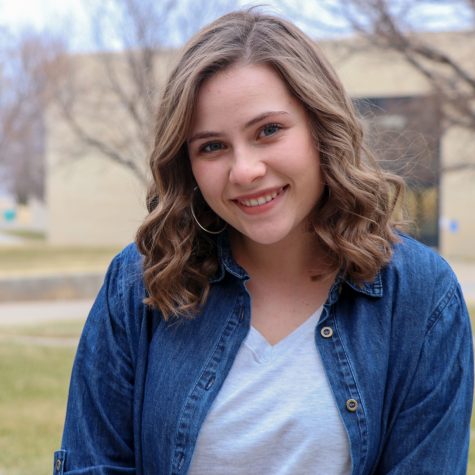
Rebecca Irby is a 19 year old Liberal local. She is a music major. After attending Seward, Rebecca plans on attending Fort...



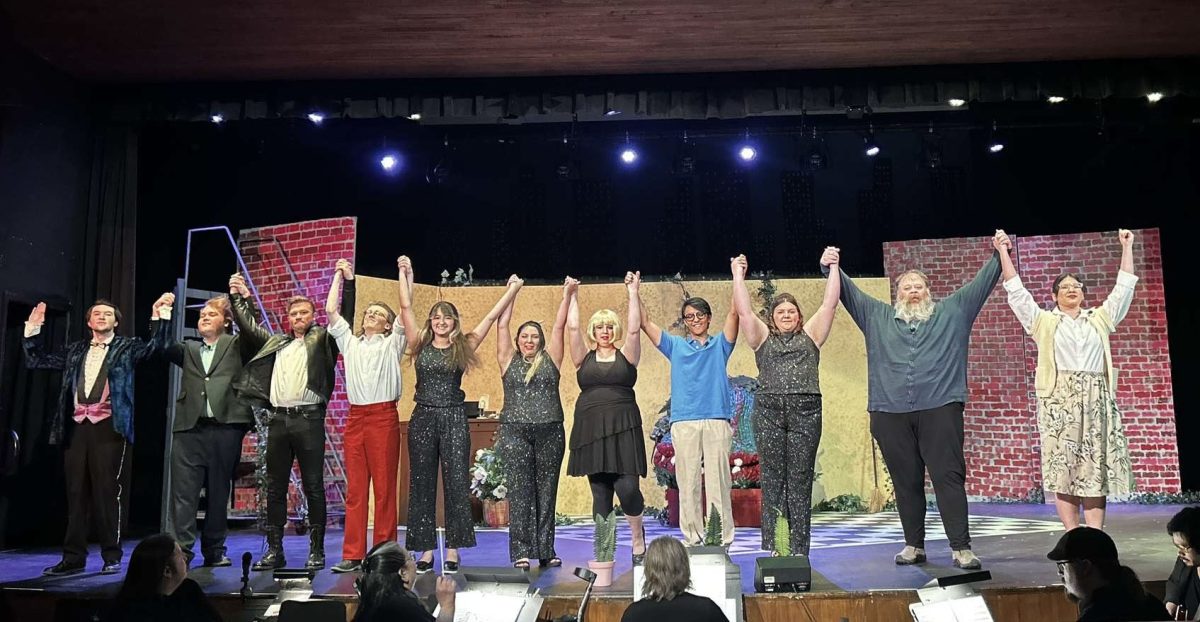

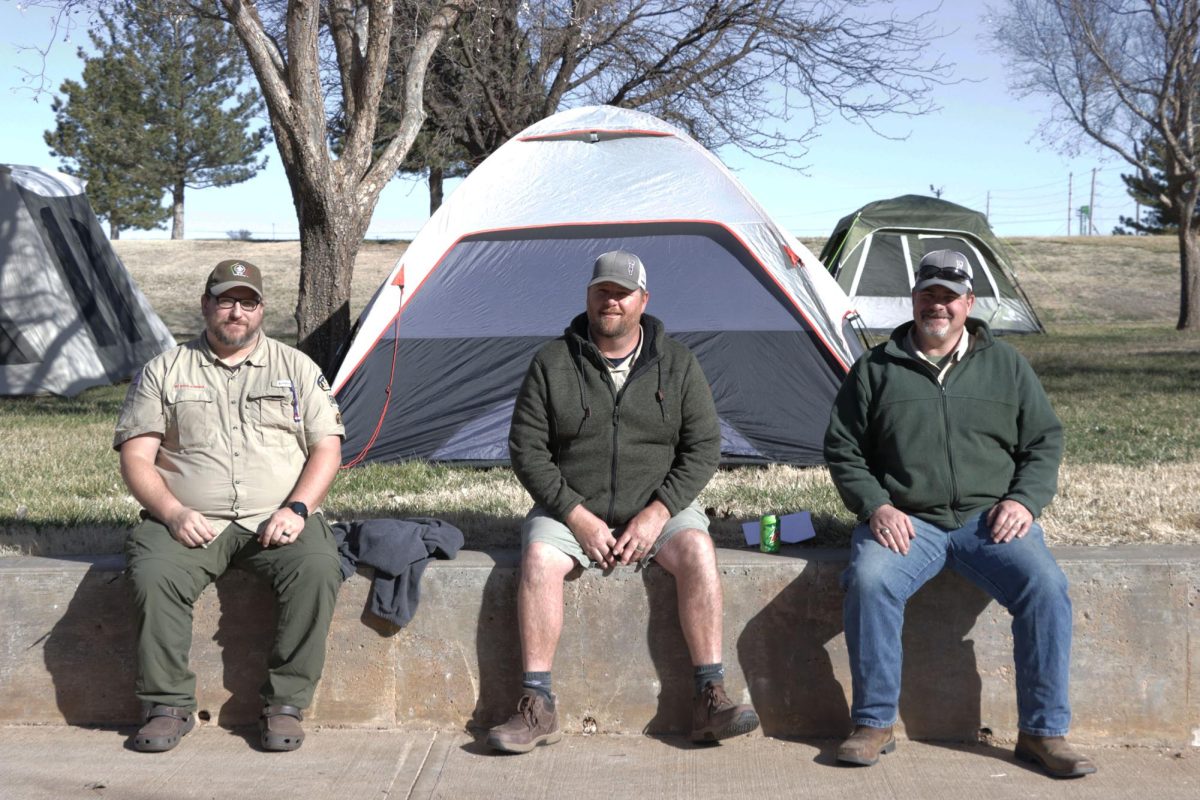
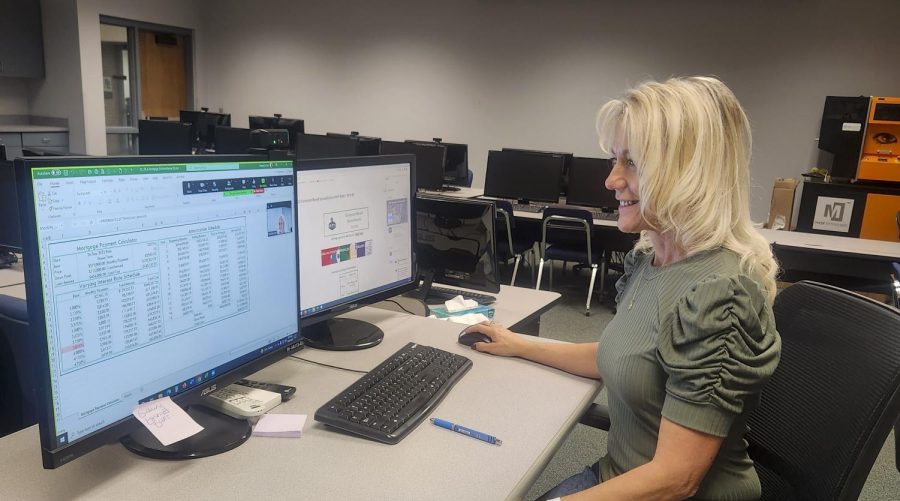


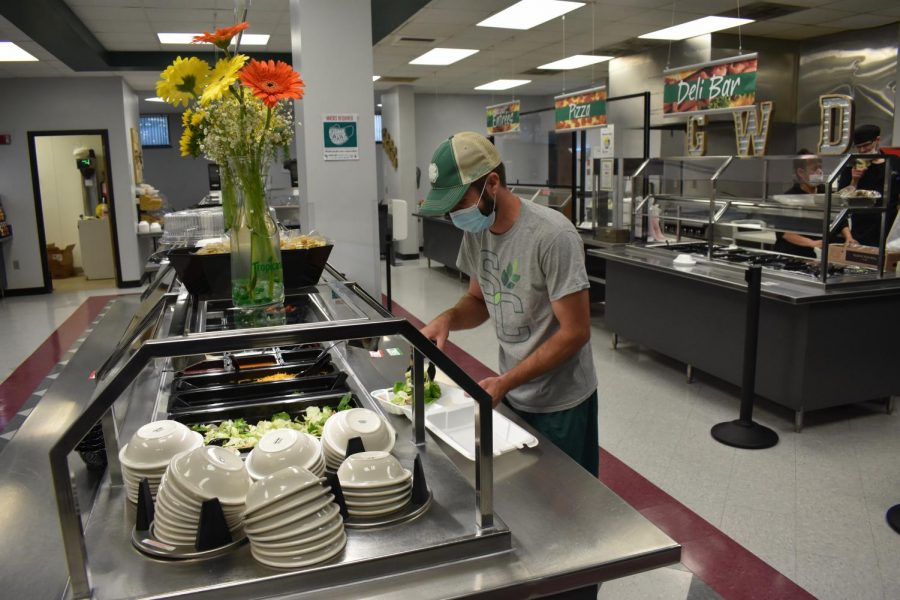


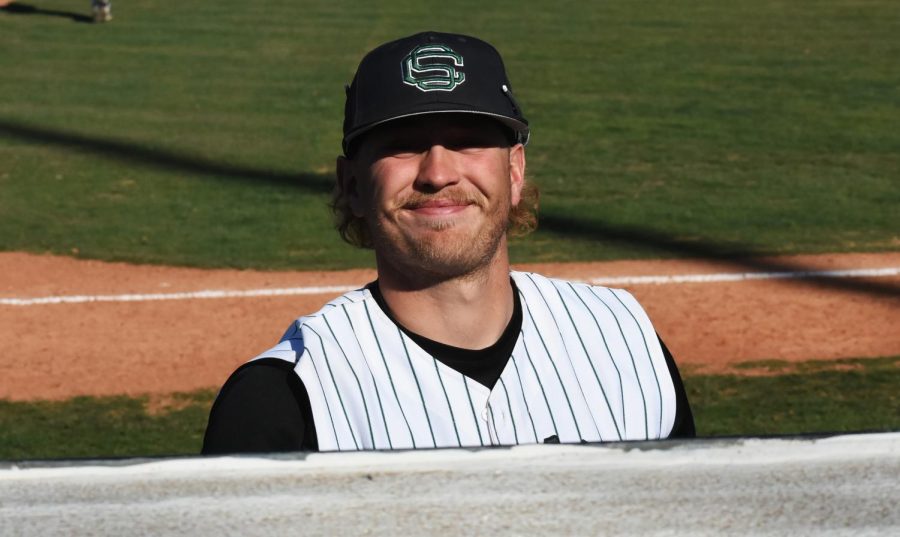

![The sophomores were recognized on the field instead of walking across the stage during their doubleheader. They received their diplomas and a picture of themselves playing during their career at Seward. [Pictured left to right are Dylan Day, Reed Thomas, Jase Schneider, Mason Martinez, Gannon Hardin, Brody Boisvert, and Zach Walker]](https://crusadernews.com/wp-content/uploads/2022/05/WEBDSC_0275-900x454.jpg)
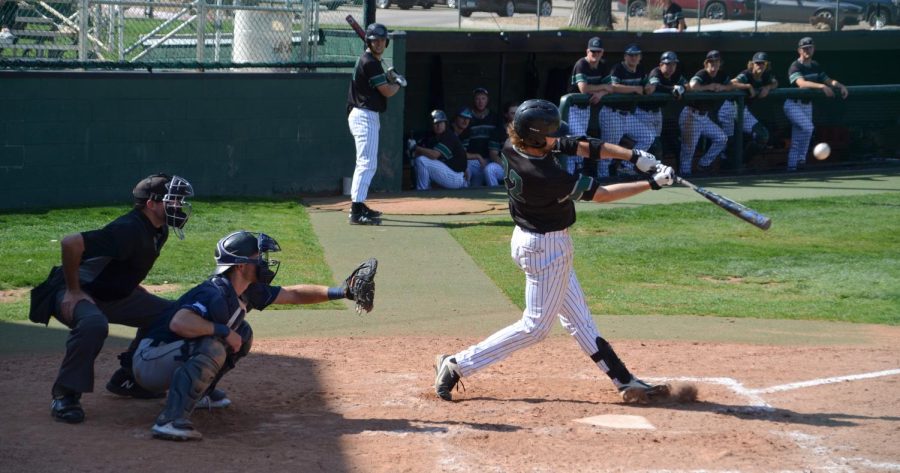
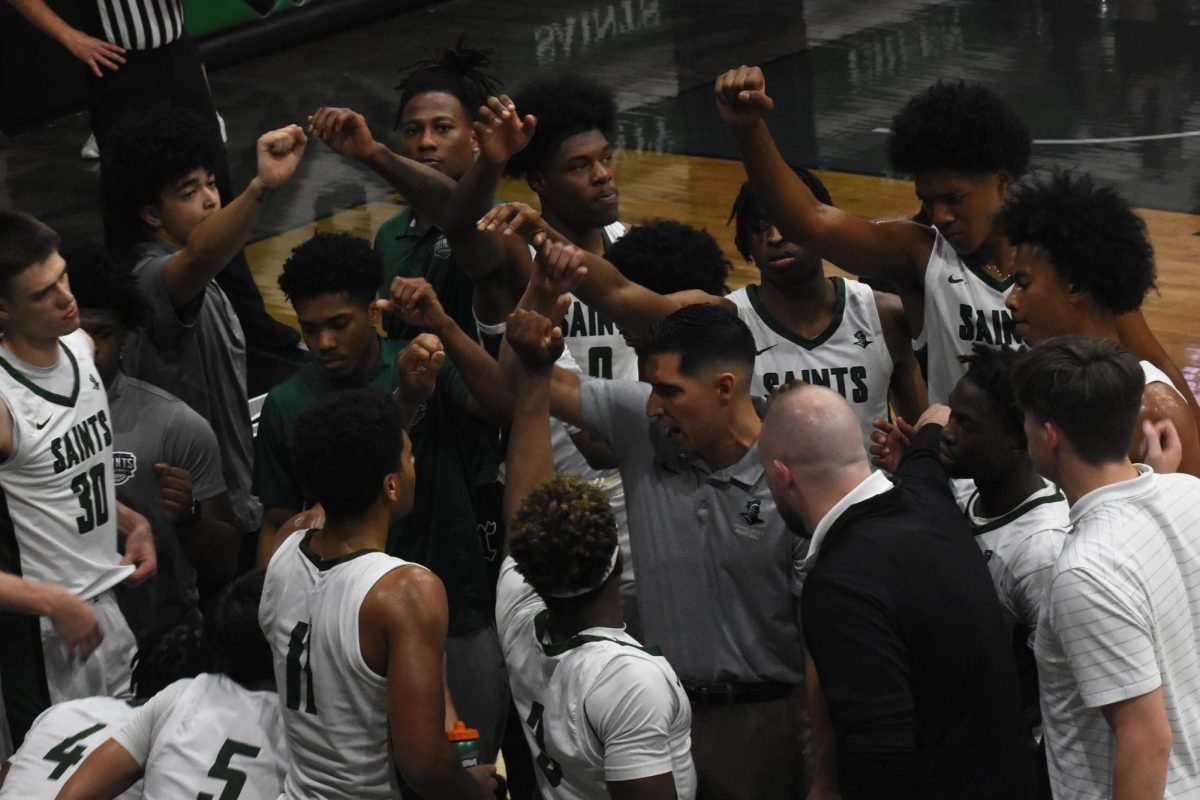
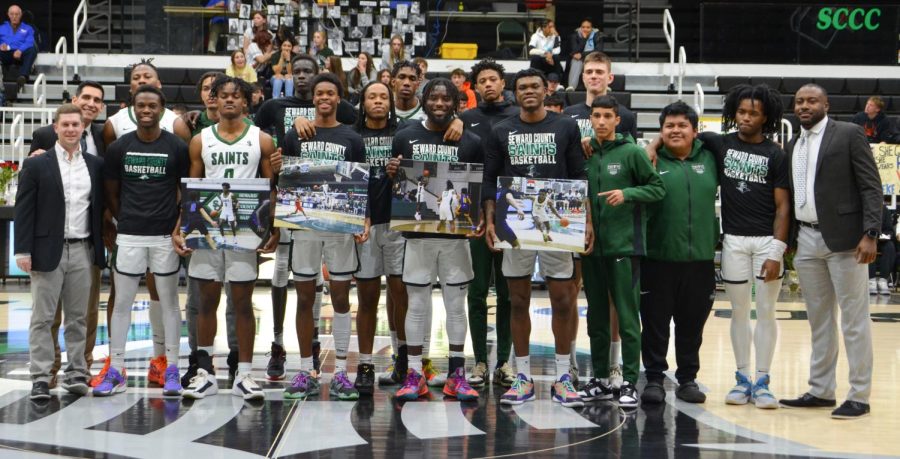
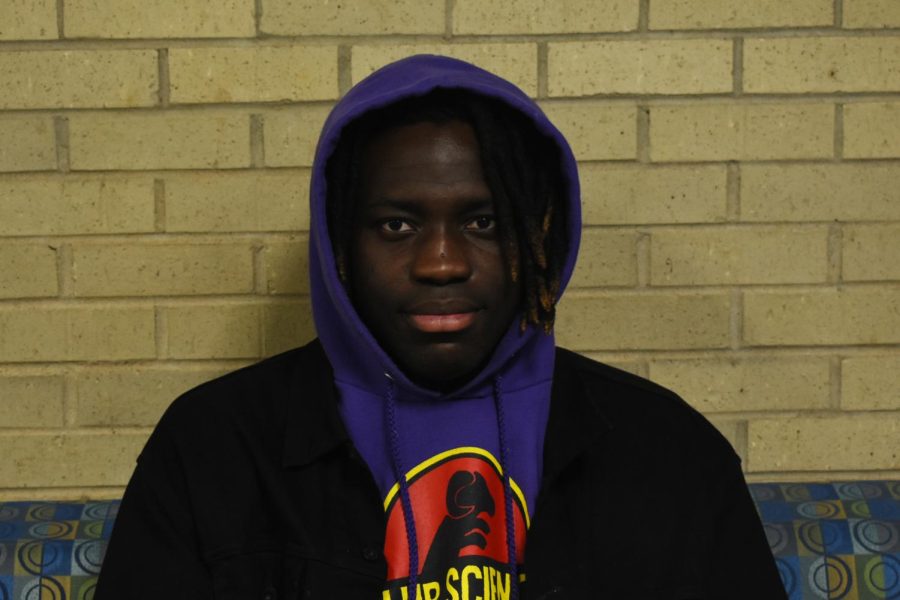
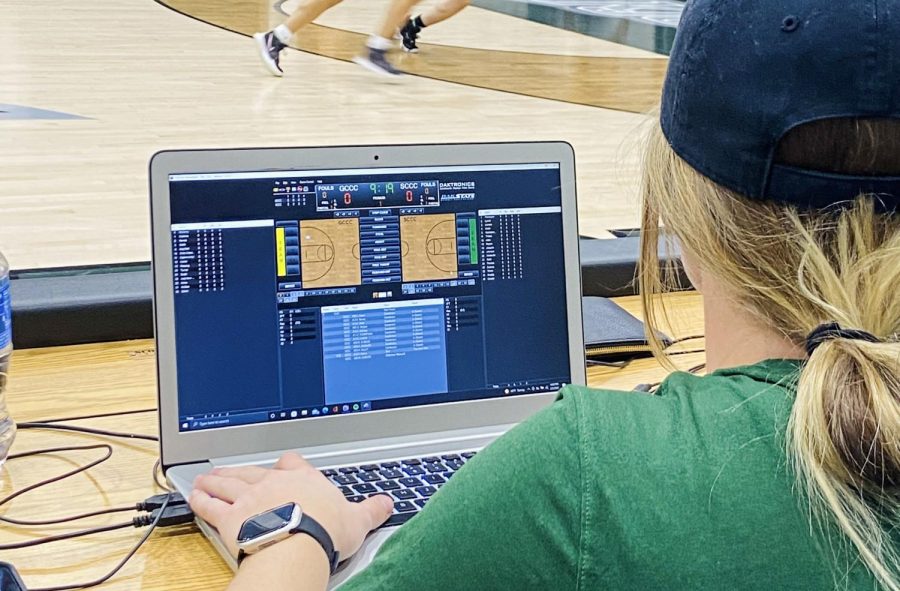
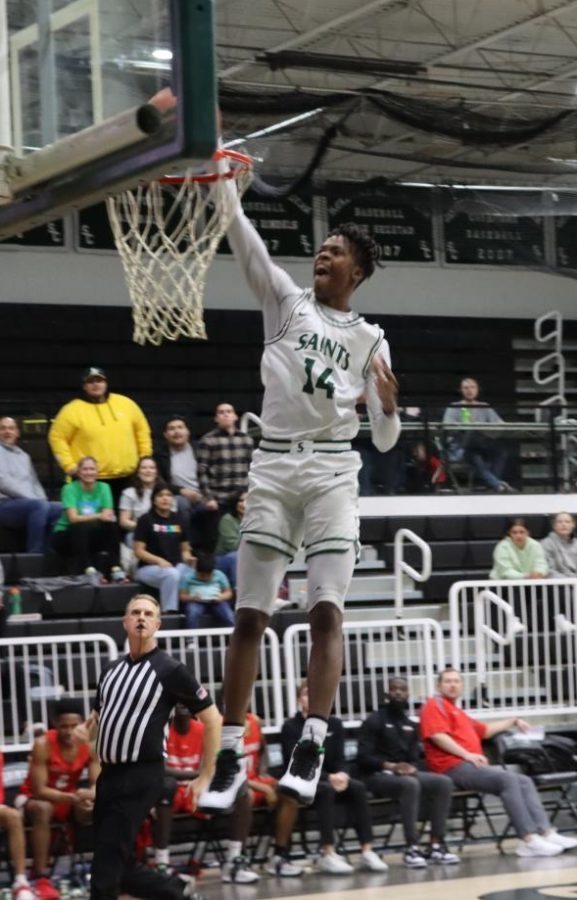
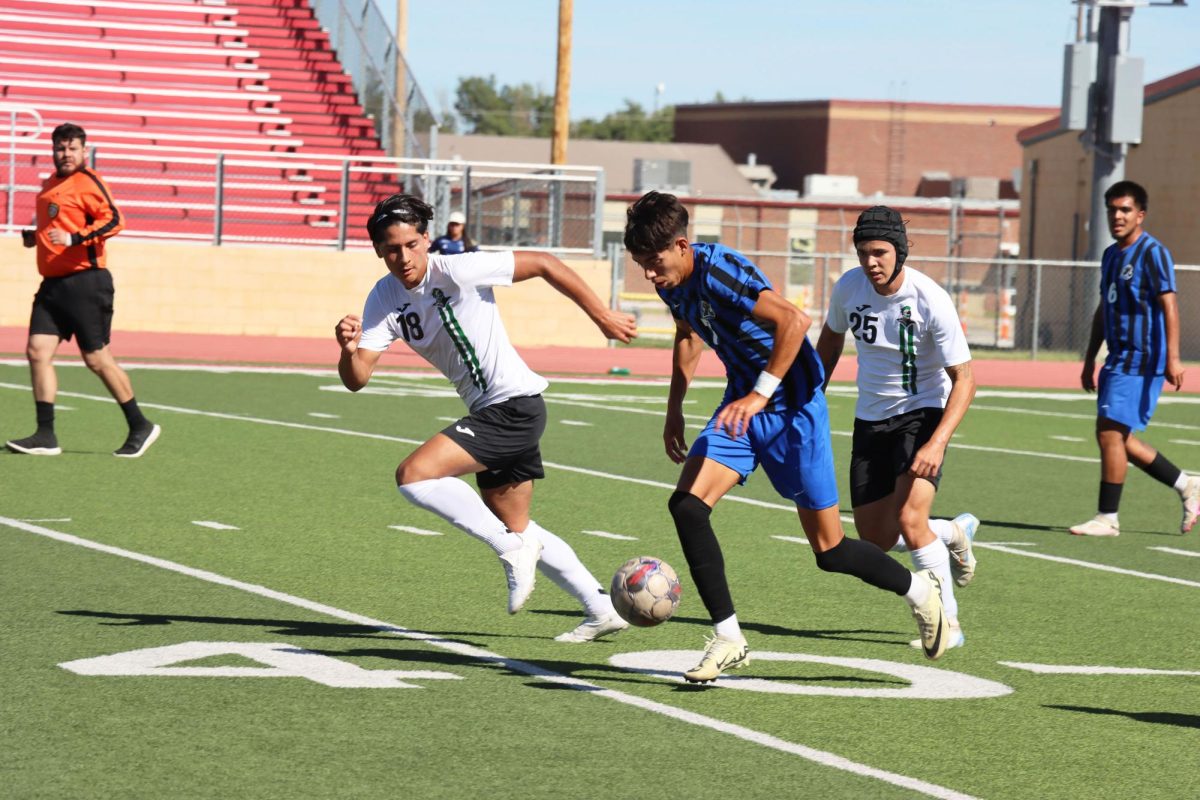
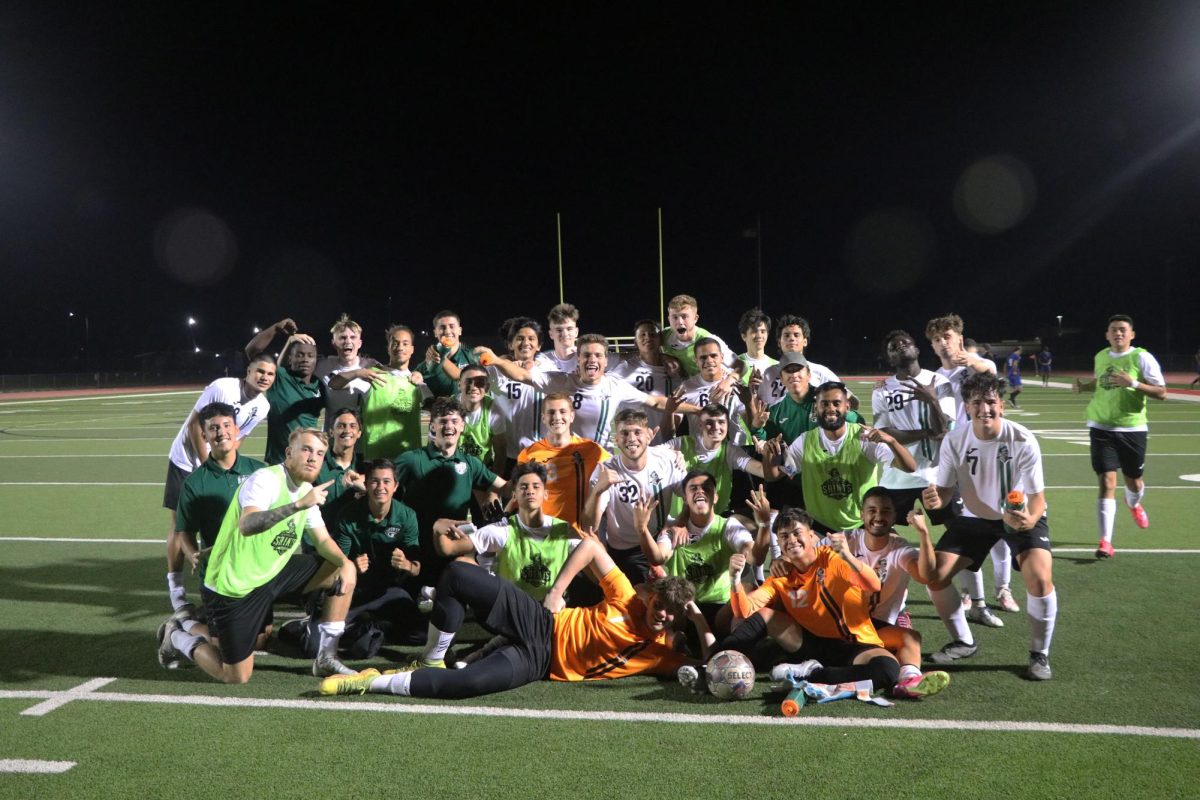
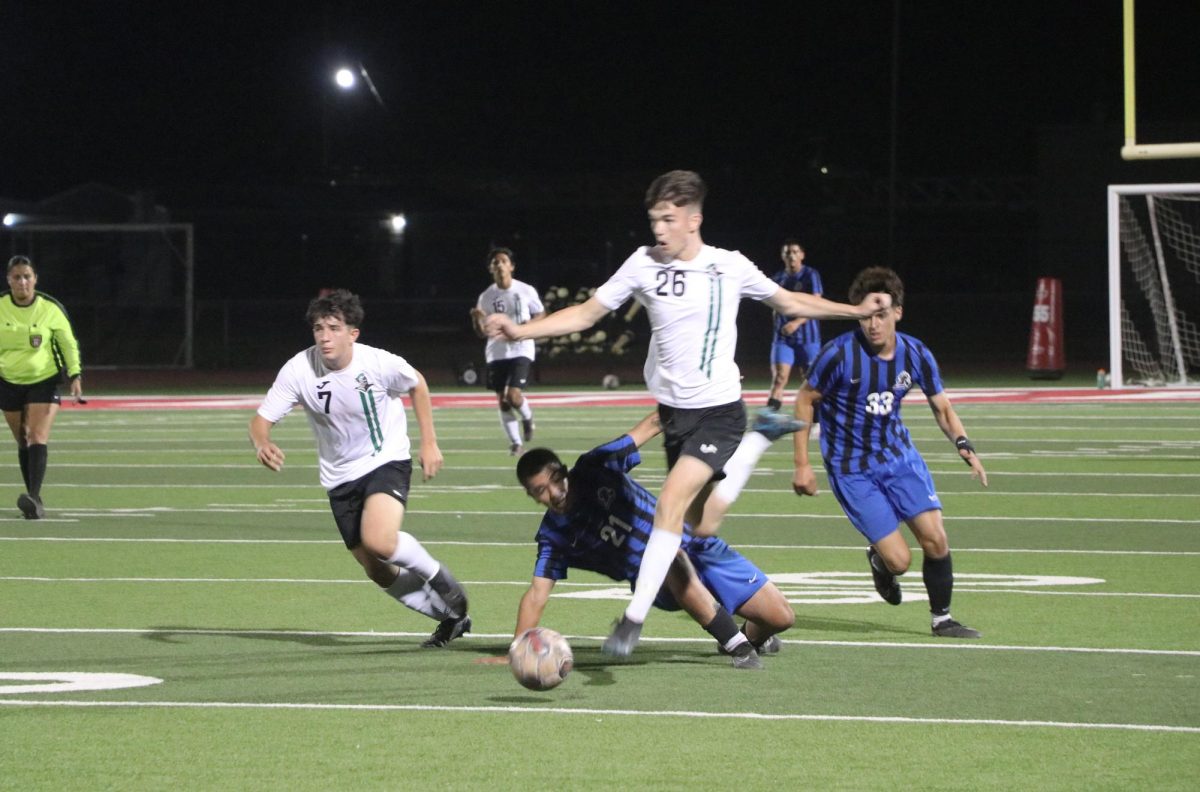

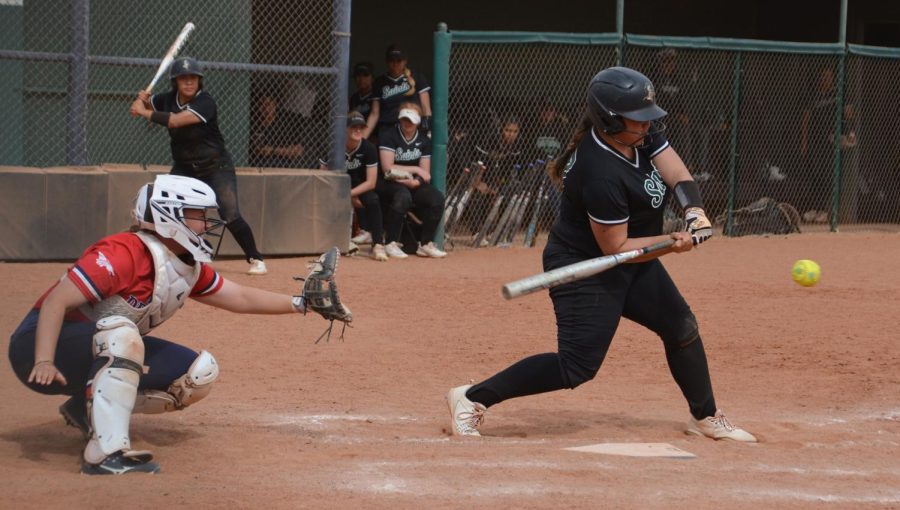

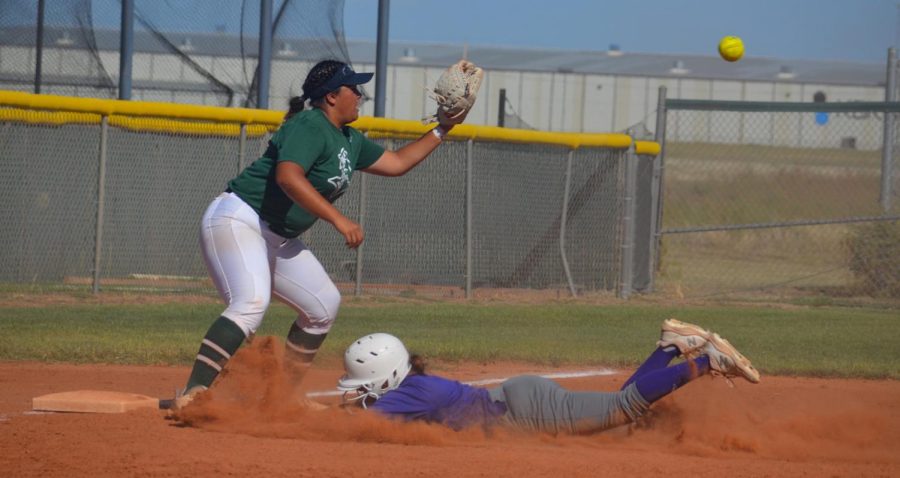

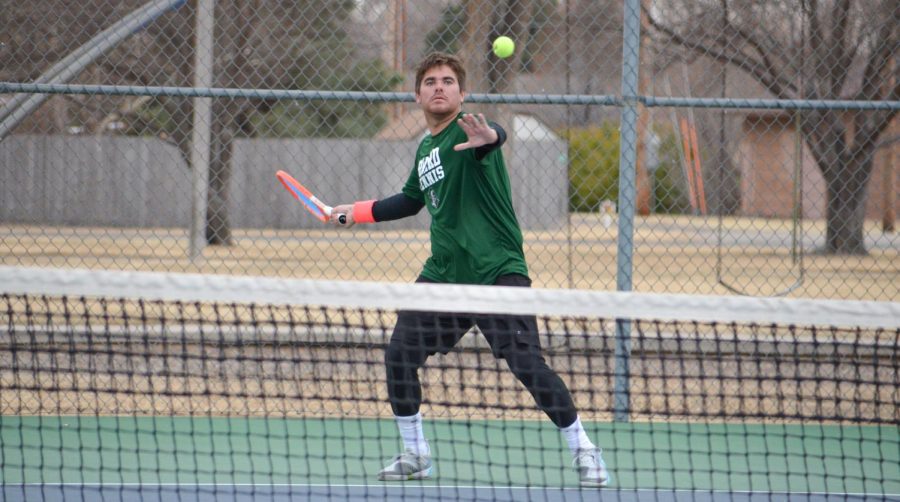
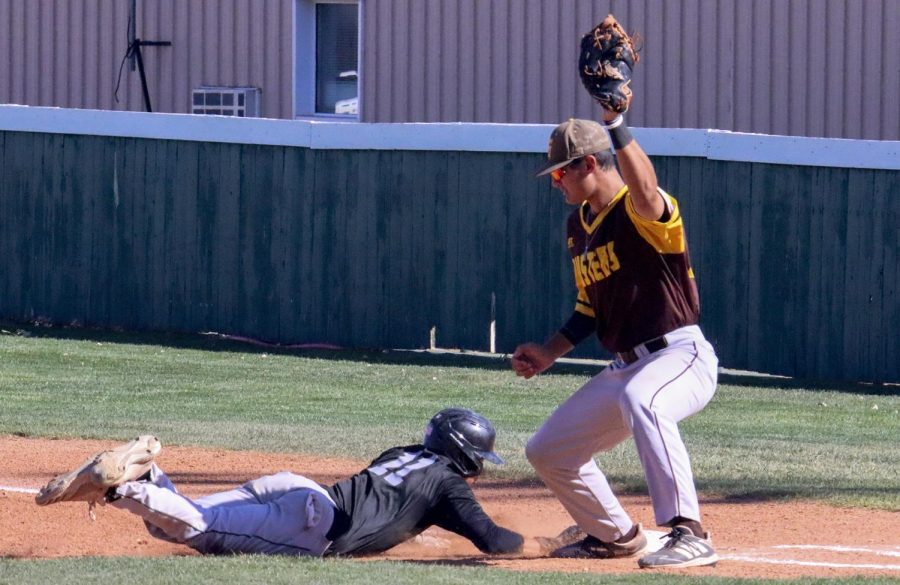



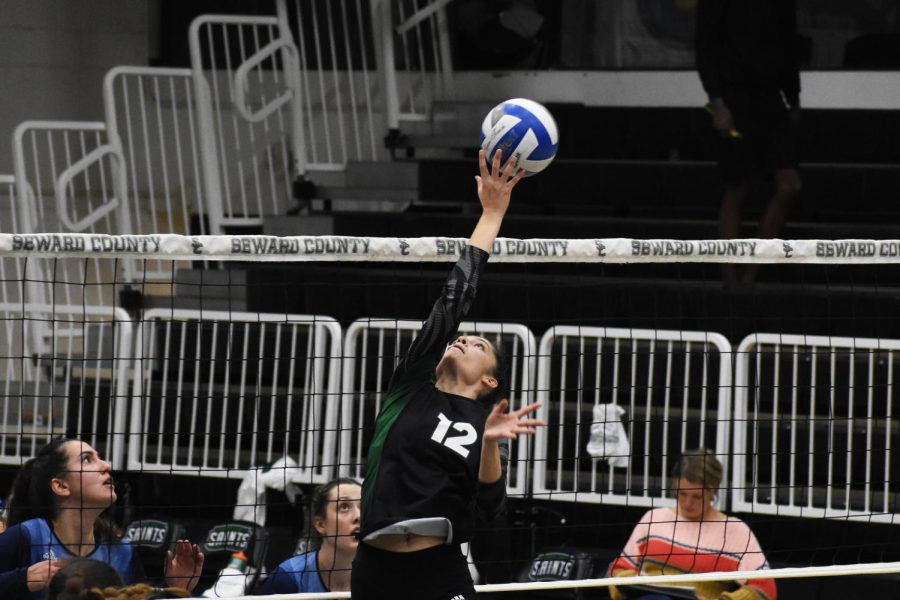
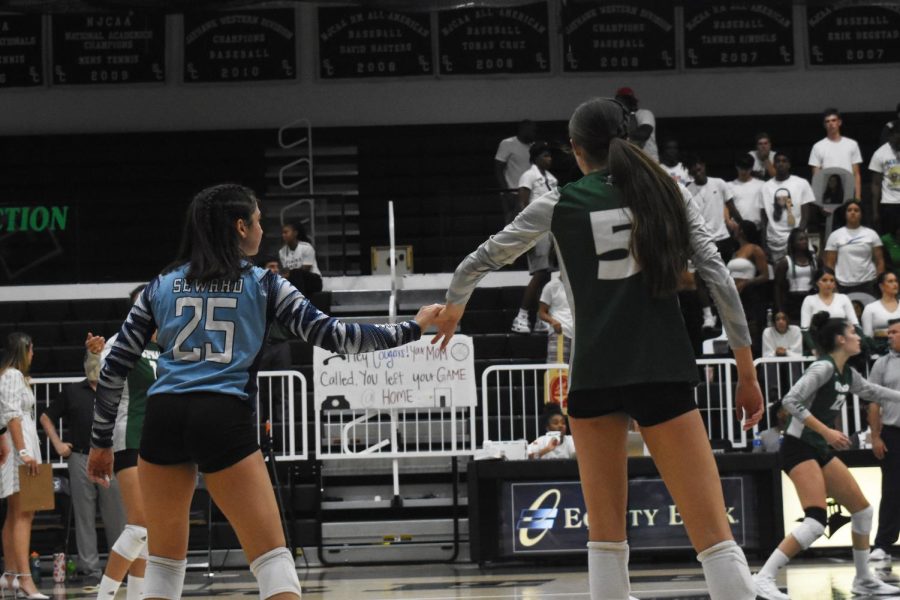
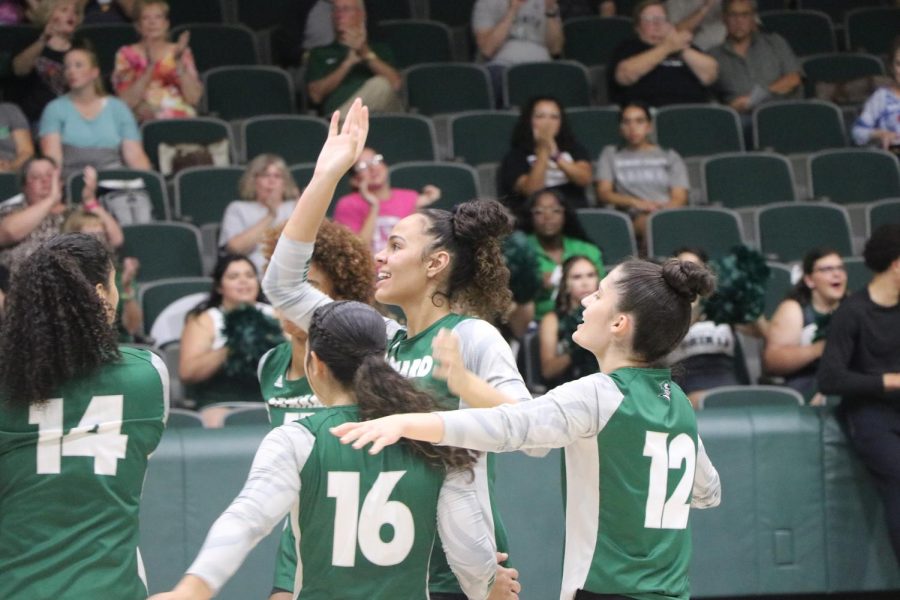
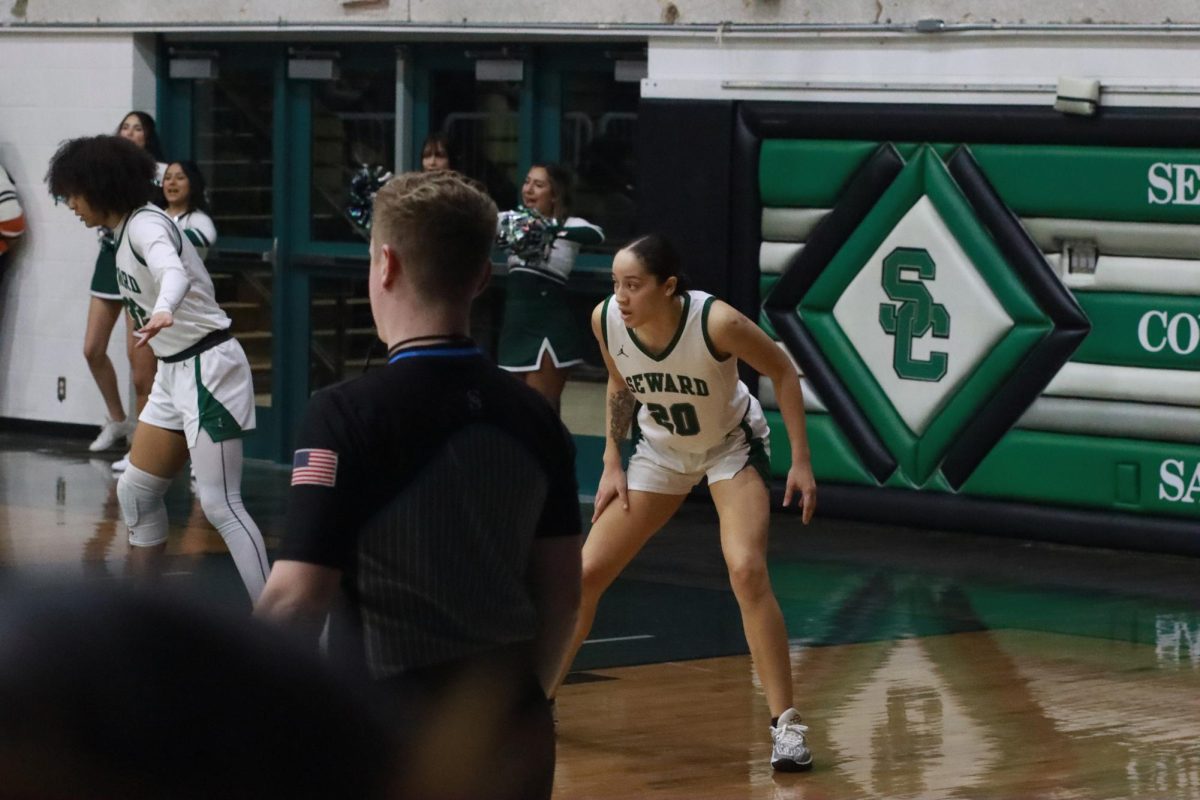
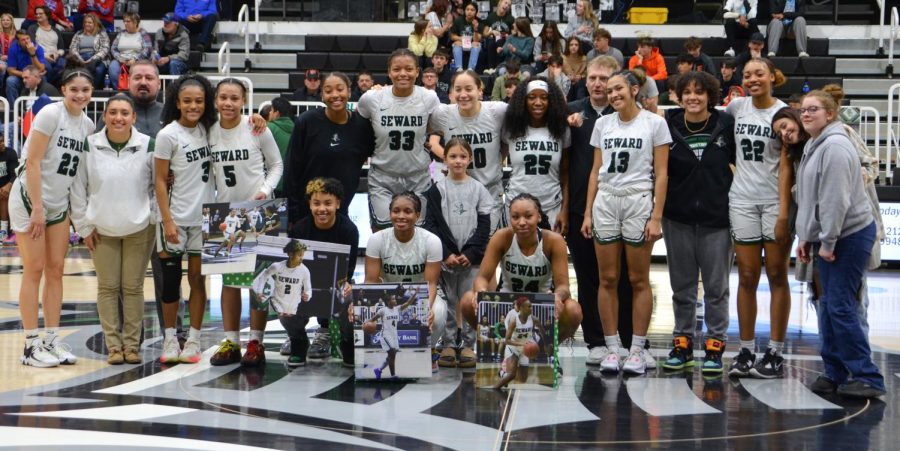
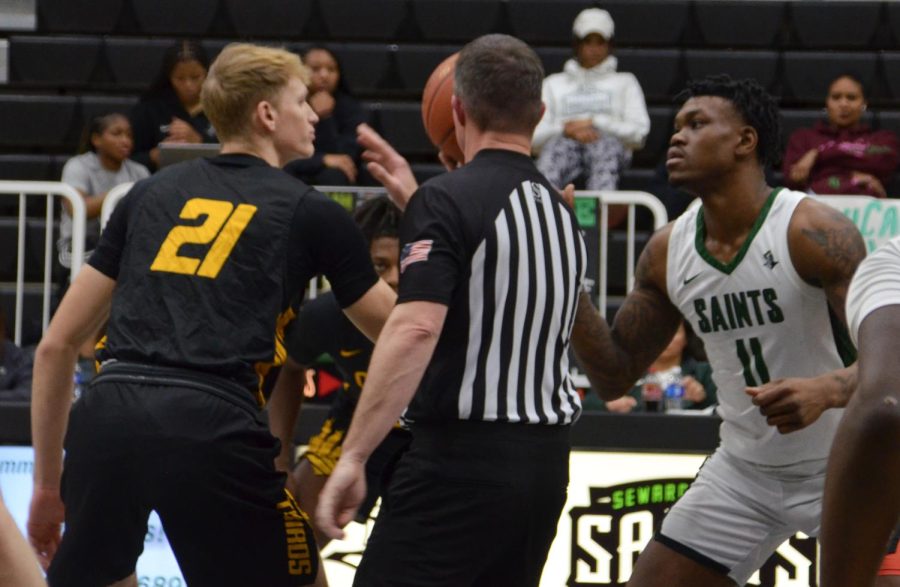
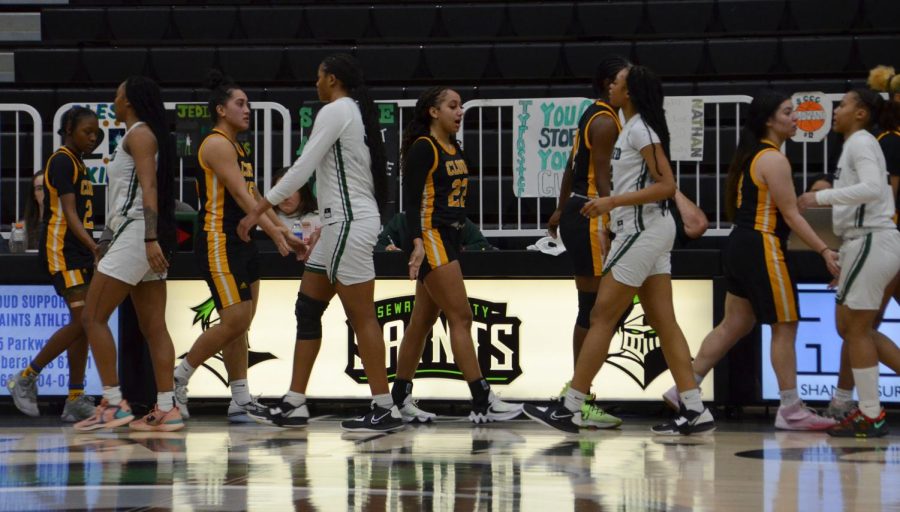
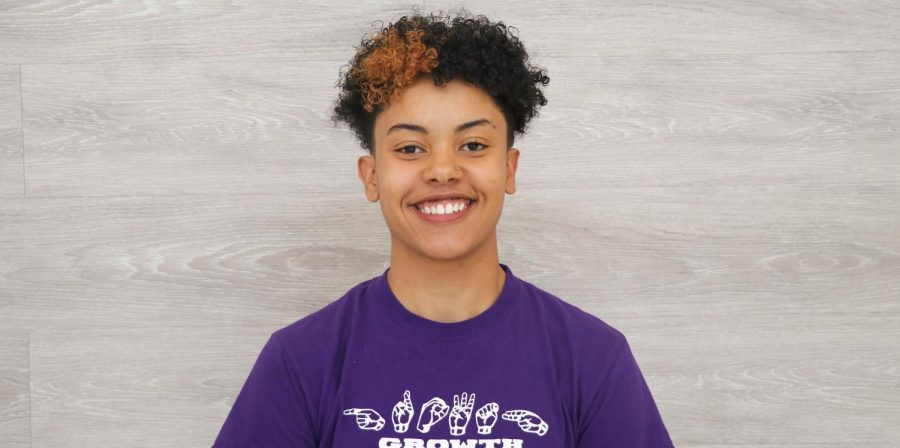

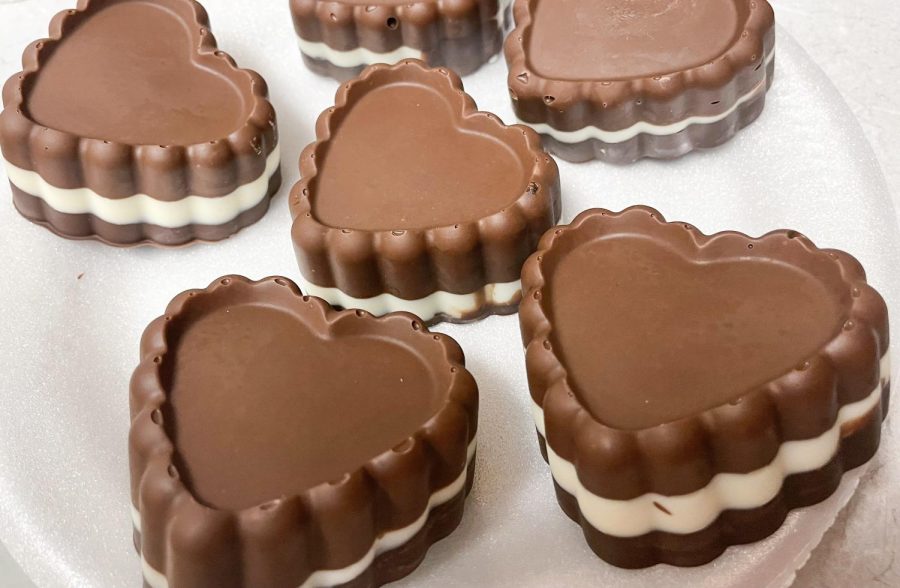
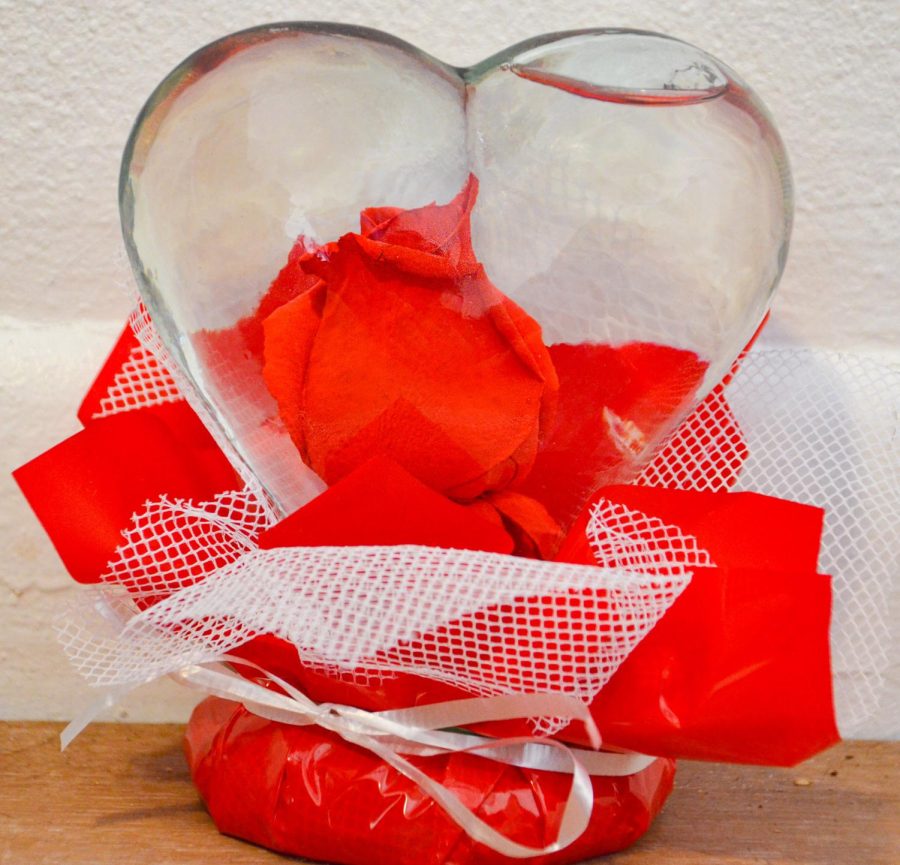
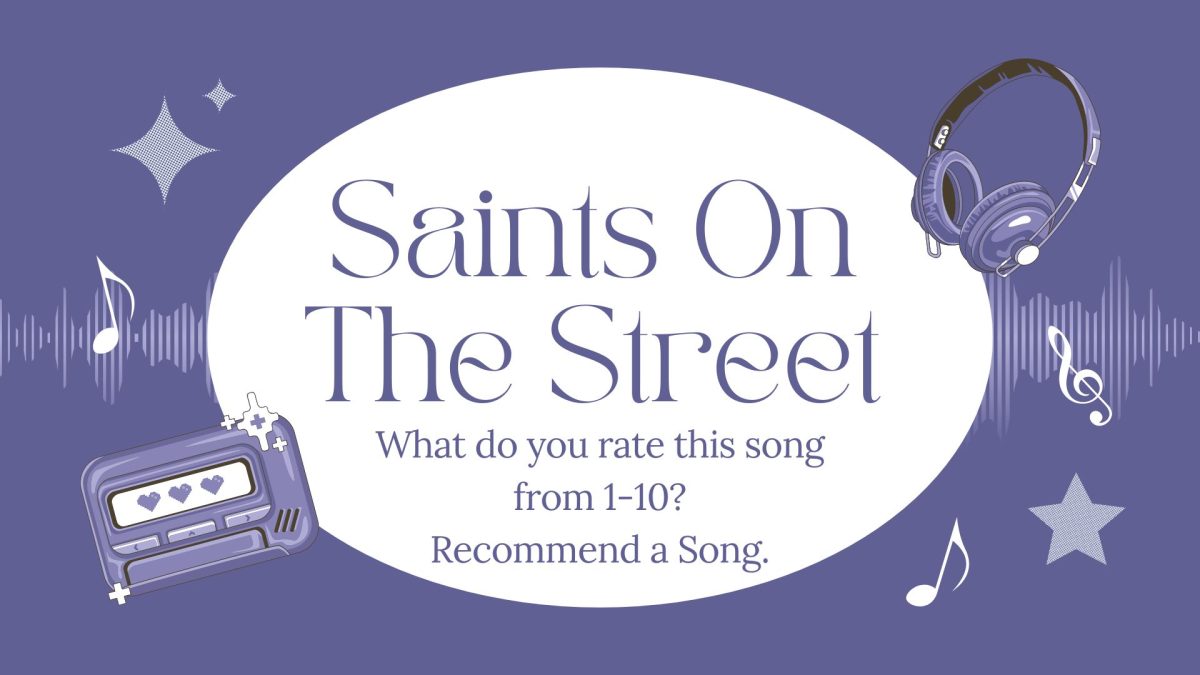
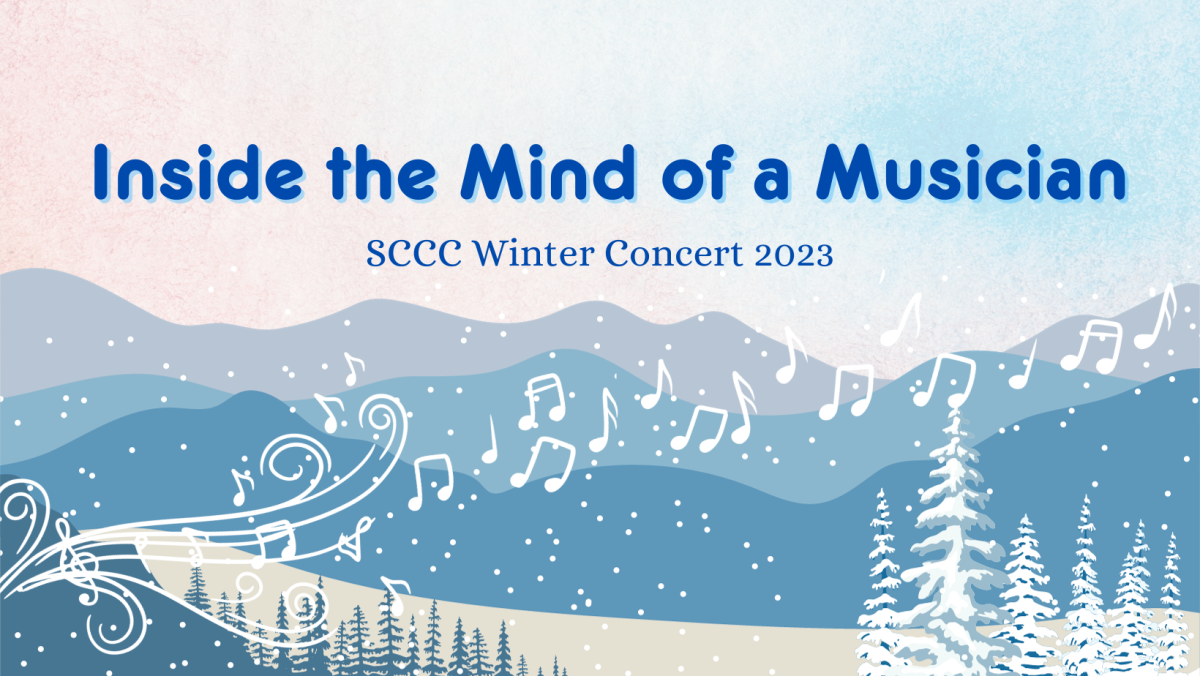





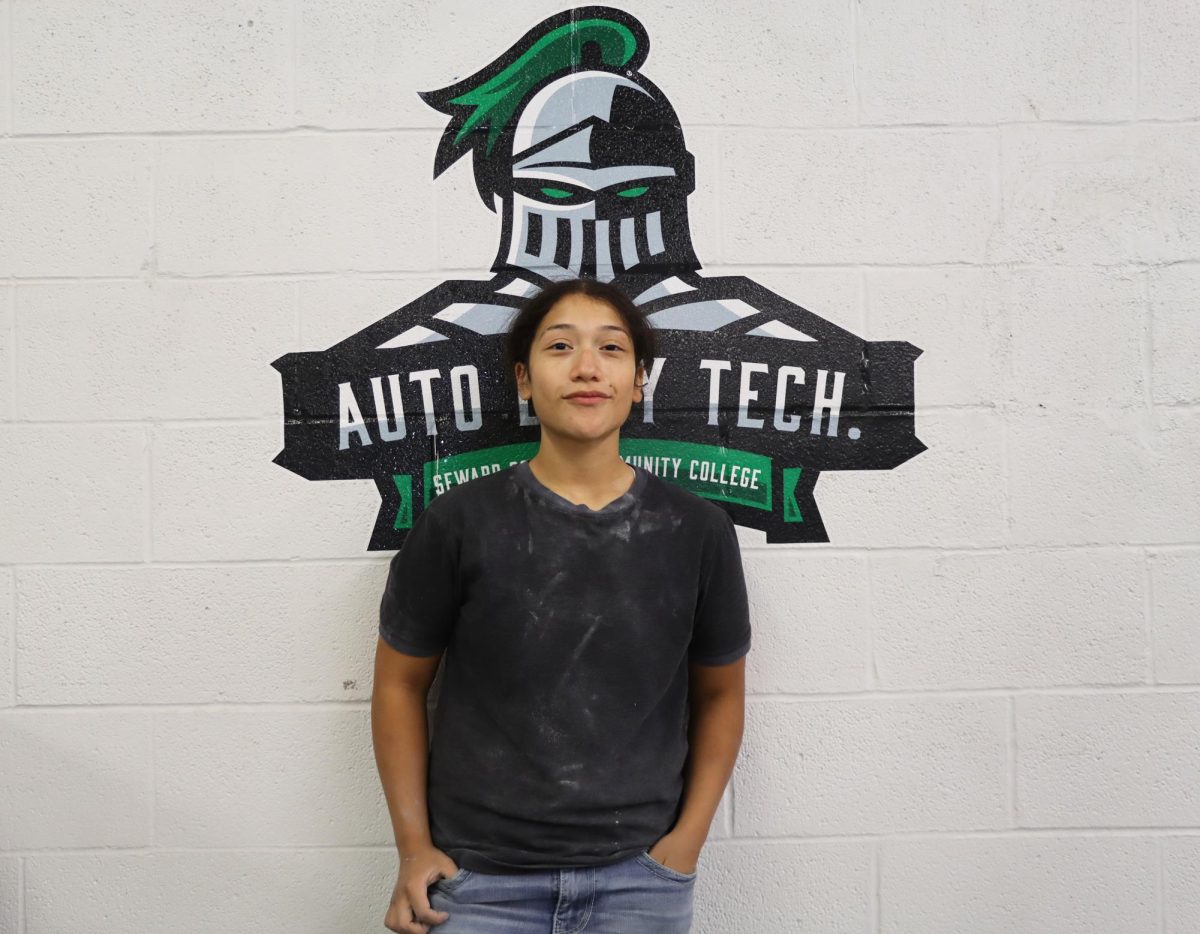
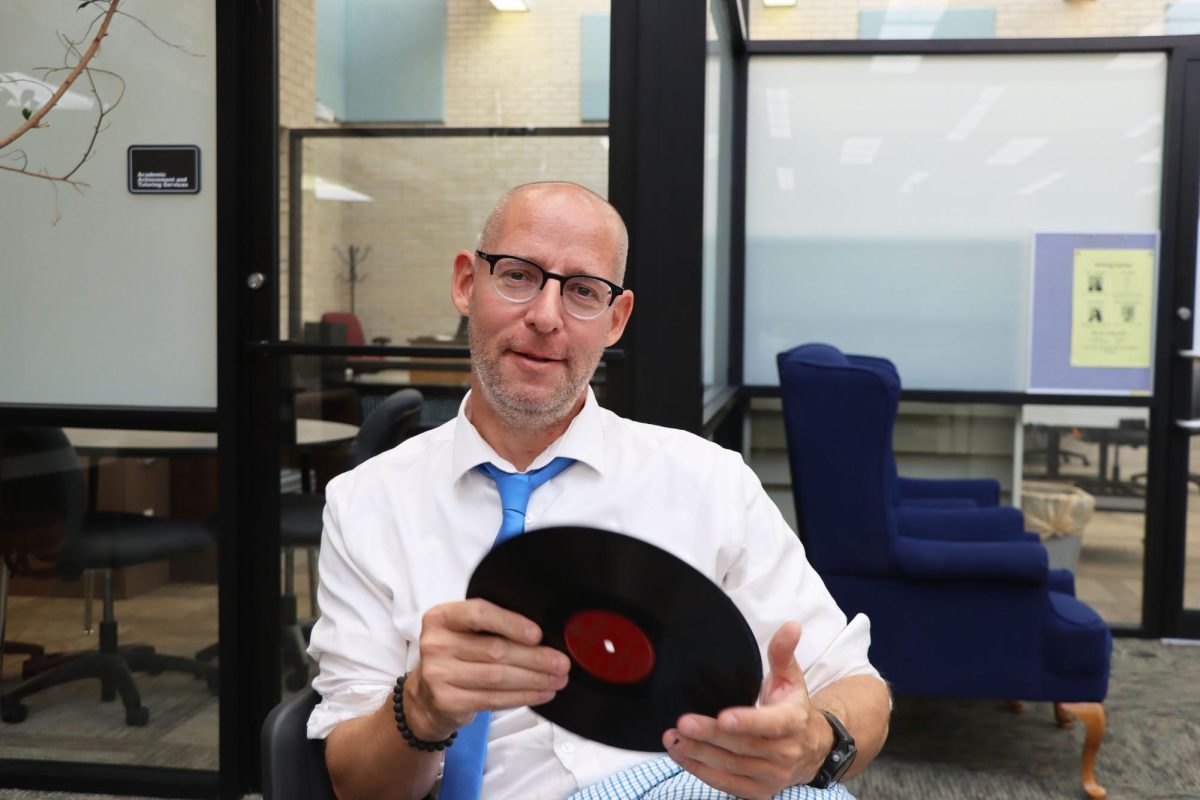
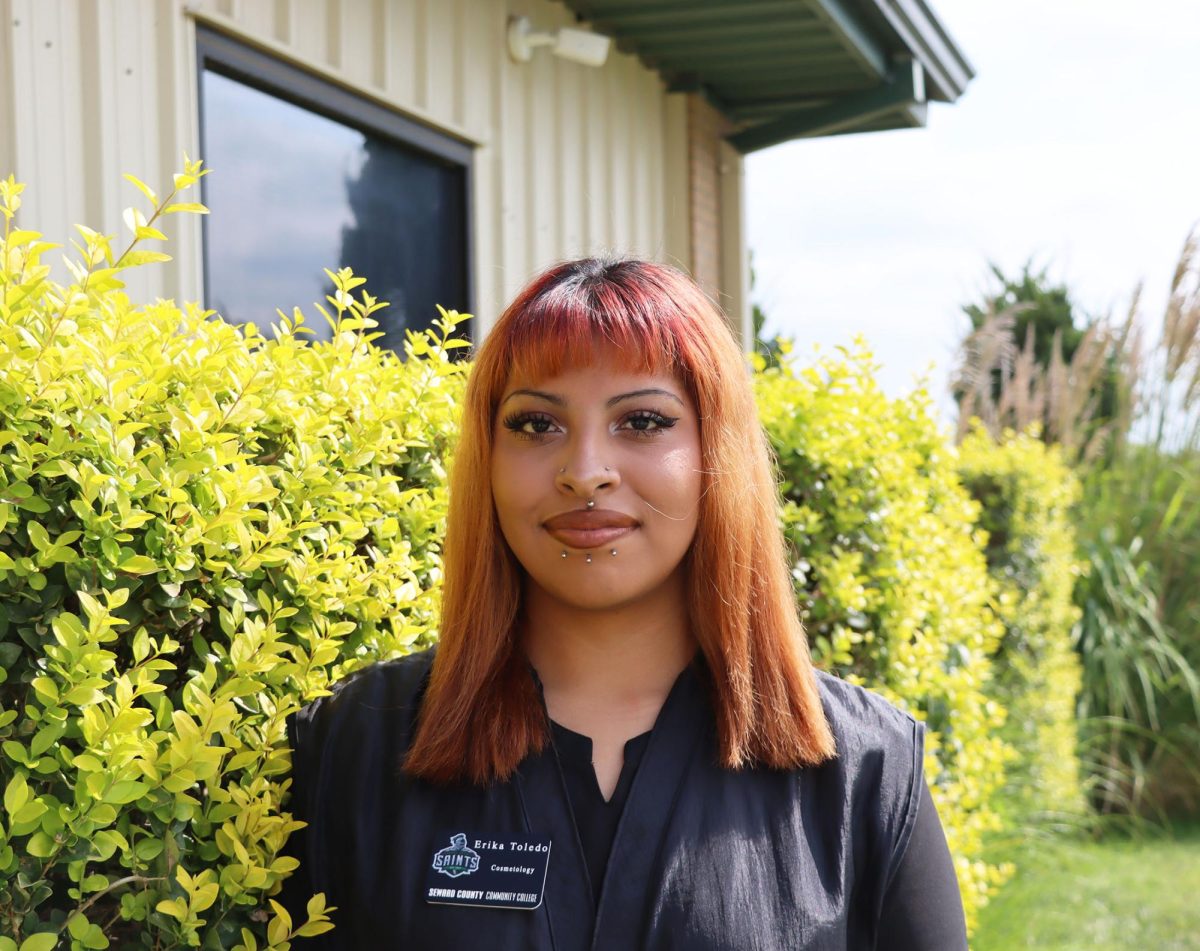
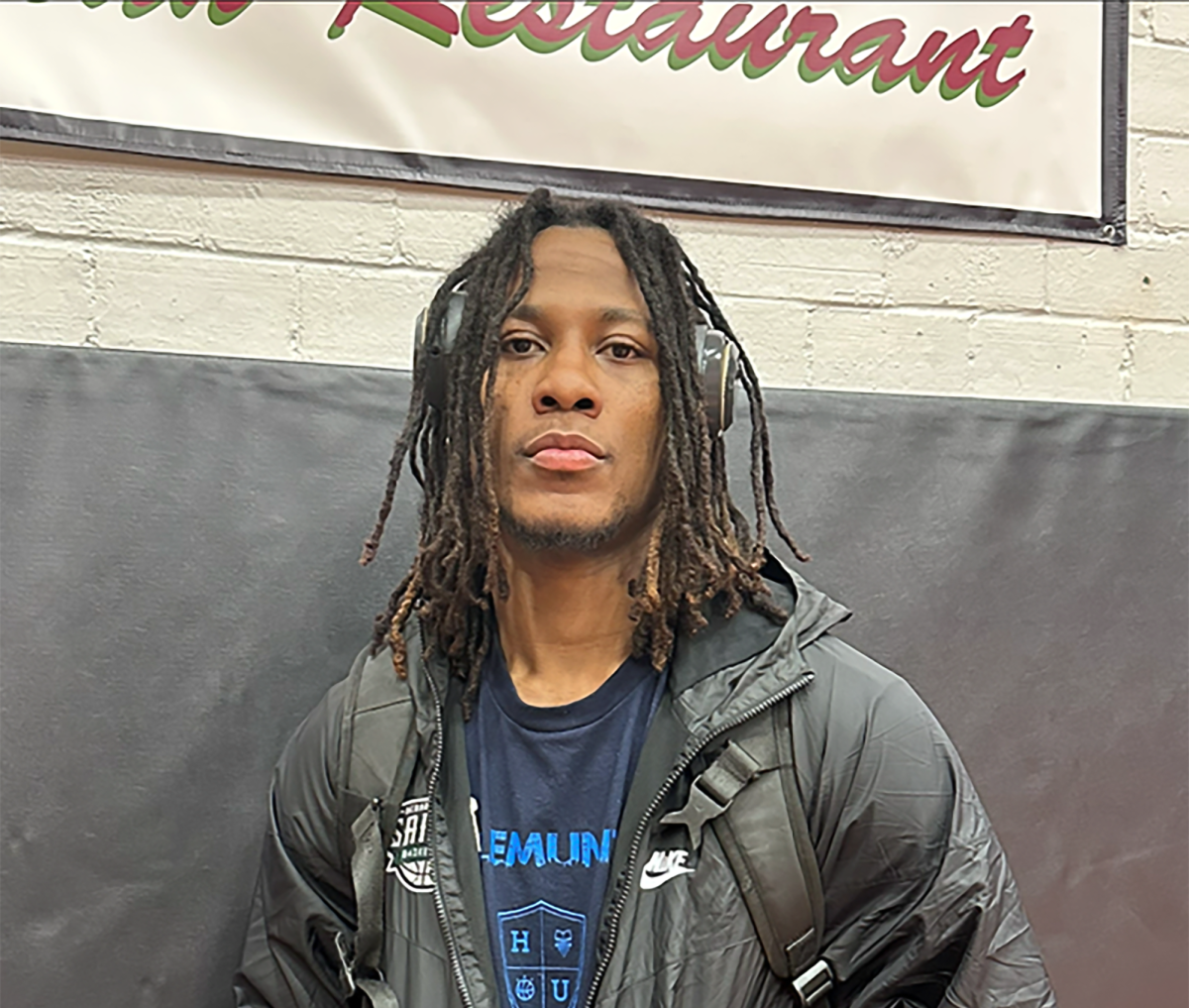
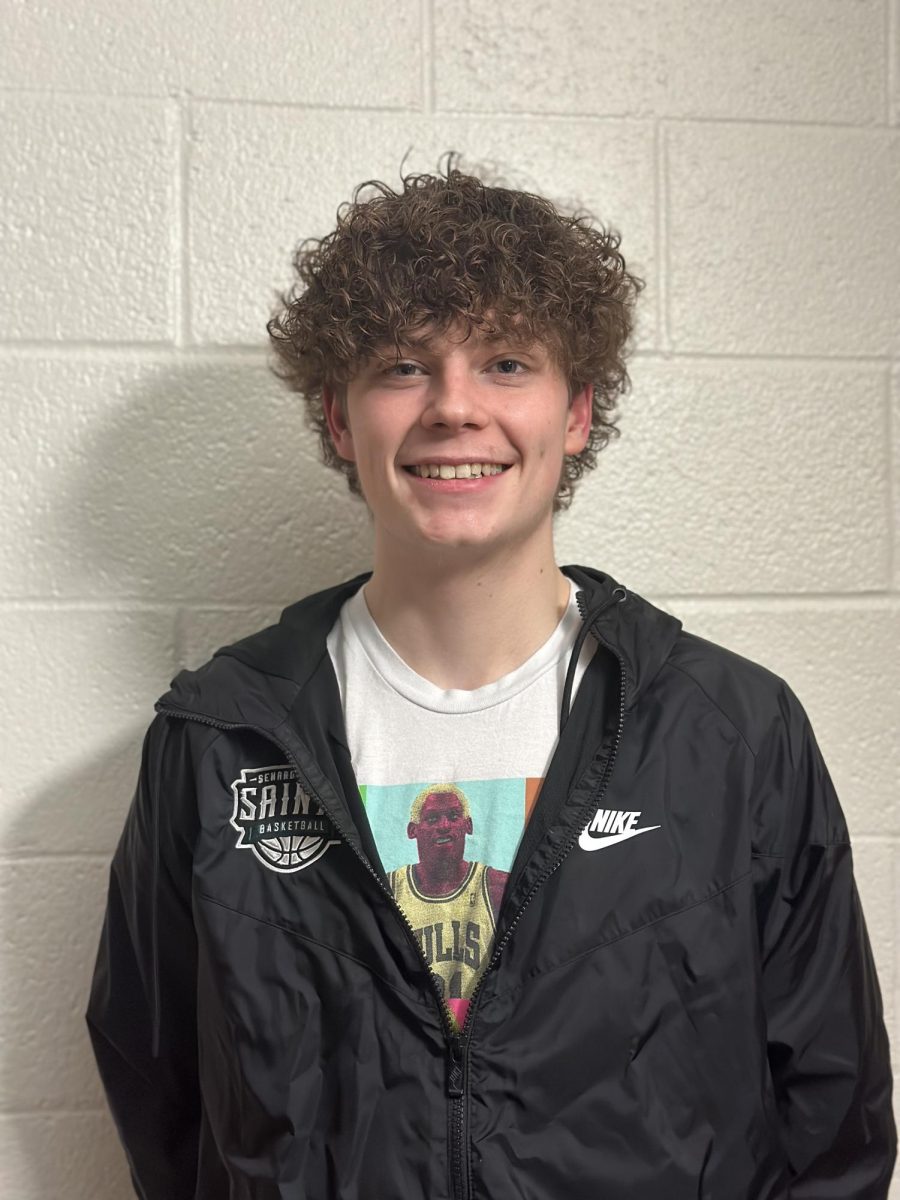
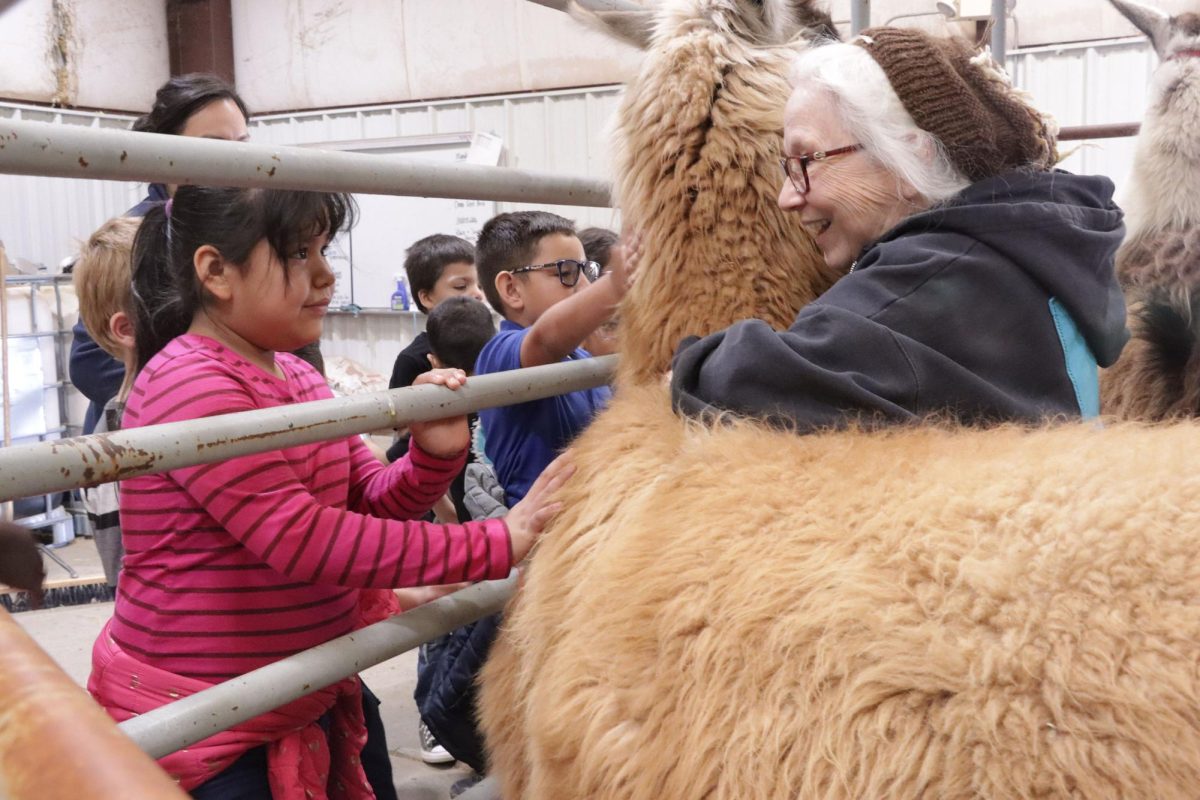

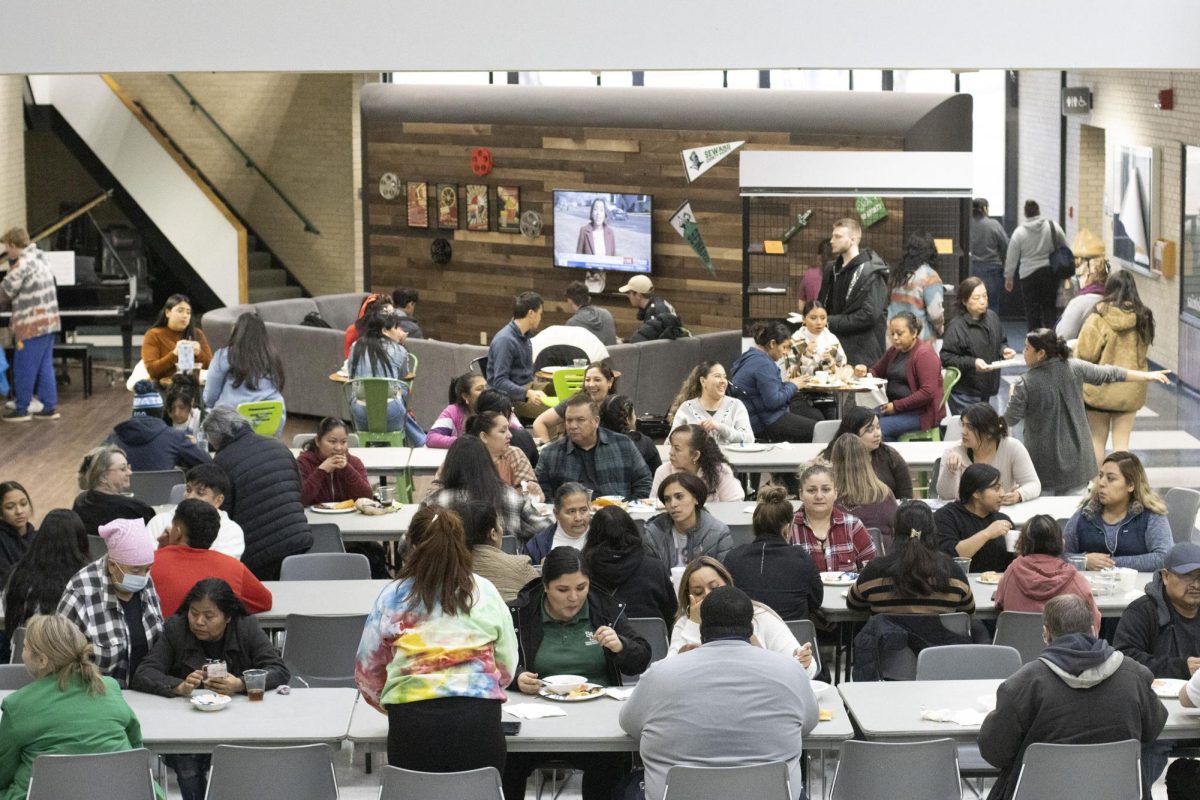



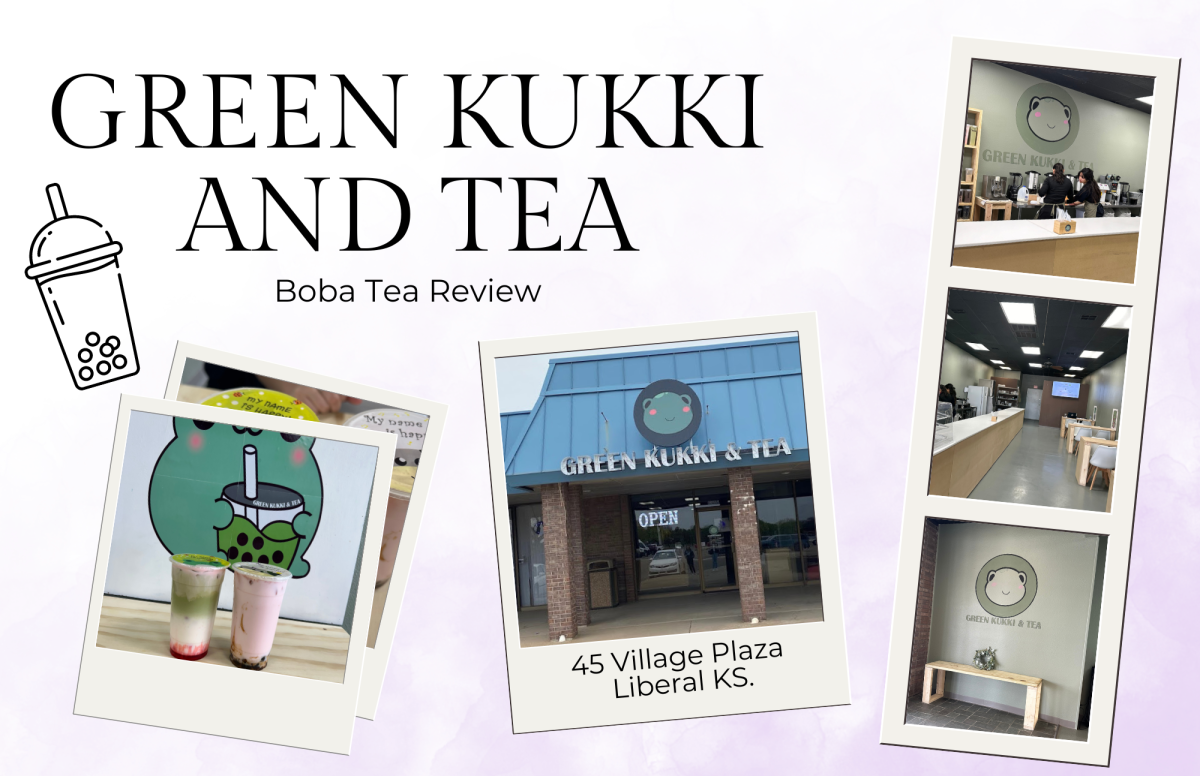
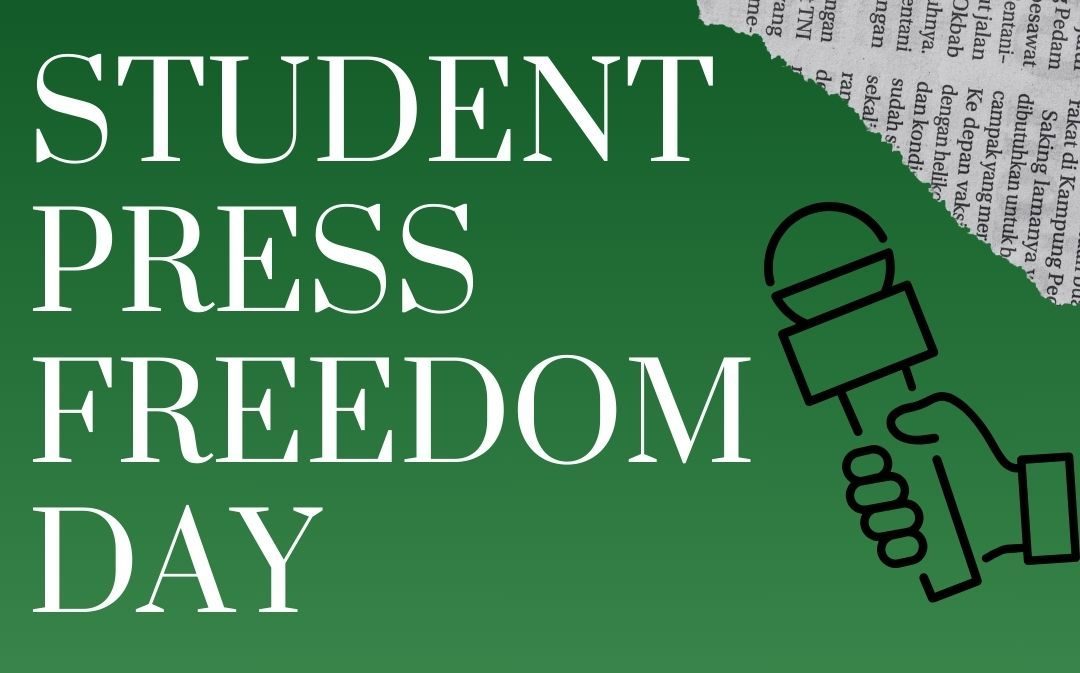


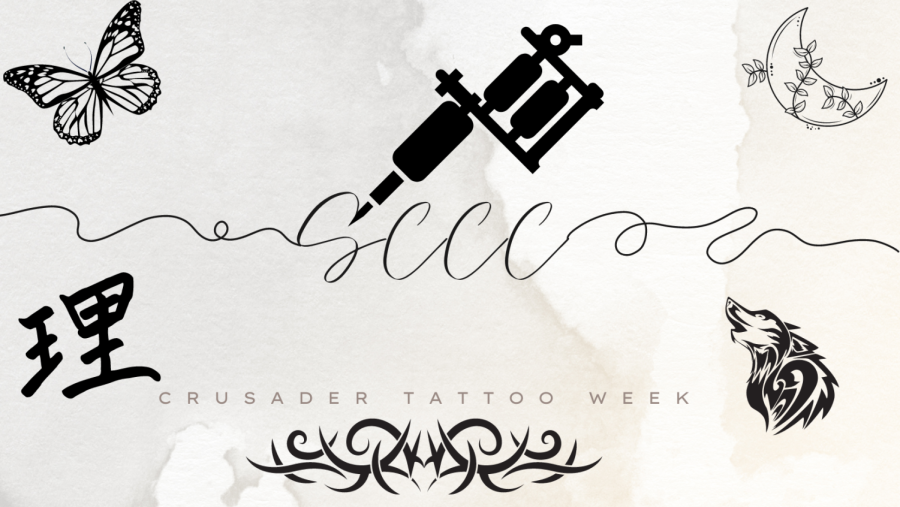

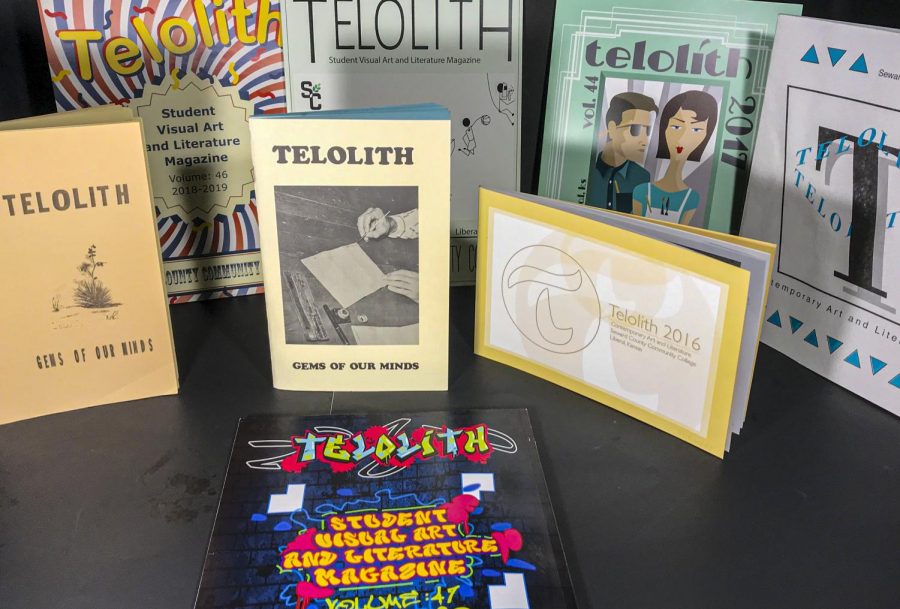

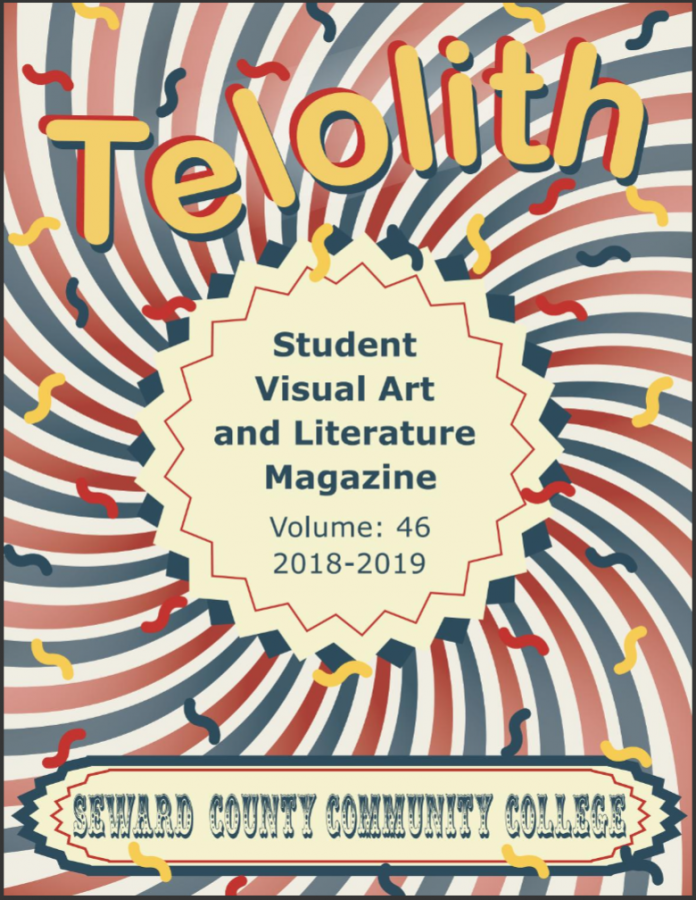




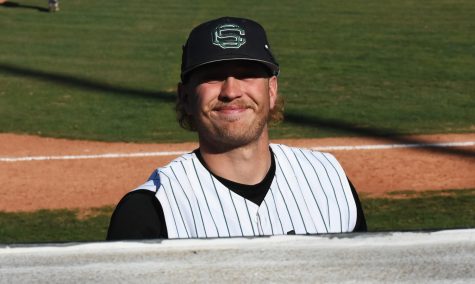
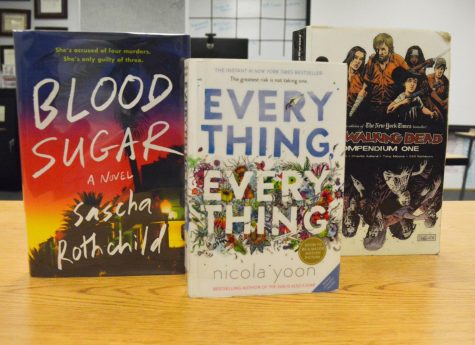

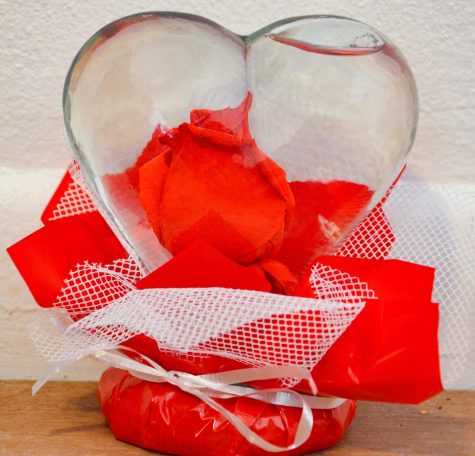

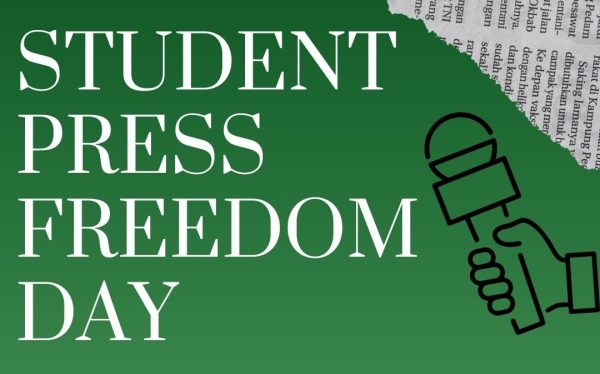




David/Susan Mitchell • Nov 2, 2019 at 7:51 pm
I think your paper is exceptional and your picture is beautiful.